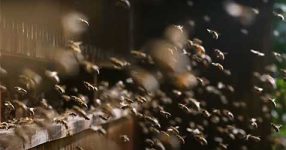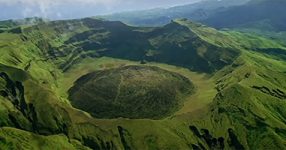This documentary, “Wild Galapagos: In the Grip of the Ocean”, explores the unique wildlife of the Galapagos Islands and how they have adapted to survive in this volcanic archipelago. The islands’ fate is tied to the ocean currents, the Humboldt Current bringing cold, nutrient-rich waters and the Panama Current bringing warm, tropical waters. These currents dramatically impact the availability of food and breeding opportunities for the island’s inhabitants.
Land of Castaways
The documentary opens by describing the Galapagos as a land formed by fire and shaped by nature’s mightiest forces. Many of the islands’ inhabitants are not native but “castaways” brought here by storms and currents. One such example is the marine iguana, a prehistoric-looking creature that dives for algae underwater. The islands themselves are barren with little plant life, forcing the marine iguana to adapt to an aquatic lifestyle.
The arrival of the warm Panama Current disrupts the marine iguana’s food source. The current blocks the nutrient-rich cold water, causing a shortage of algae. The iguanas struggle to find food and must expend a lot of energy fighting the current while they search. They are not alone in suffering during this lean season. Many island inhabitants migrate or rely on alternative food sources to survive.
A Feast and a Fight
The cool Humboldt Current brings a reversal of fortunes. The current creates a buffet of cold-water fish and plankton, bringing life back to the Galapagos. The marine iguanas return to easily accessible algae and even engage in territorial fights as food becomes plentiful.
This abundance also creates a population boom for the blue-footed booby. These birds rely on the rich pickings of the Humboldt Current to raise their young. However, the plentiful food also attracts frigatebirds, aerial pirates that steal fish from the boobies. The albatrosses face similar challenges, with mockingbirds constantly harassing them for food scraps.
The documentary concludes by highlighting the importance of resourcefulness for survival on the Galapagos Islands. The islands’ inhabitants must adapt to the ever-changing ocean currents, thriving by surrendering to and sometimes challenging the “moody tide” that dictates life on the Galapagos.












